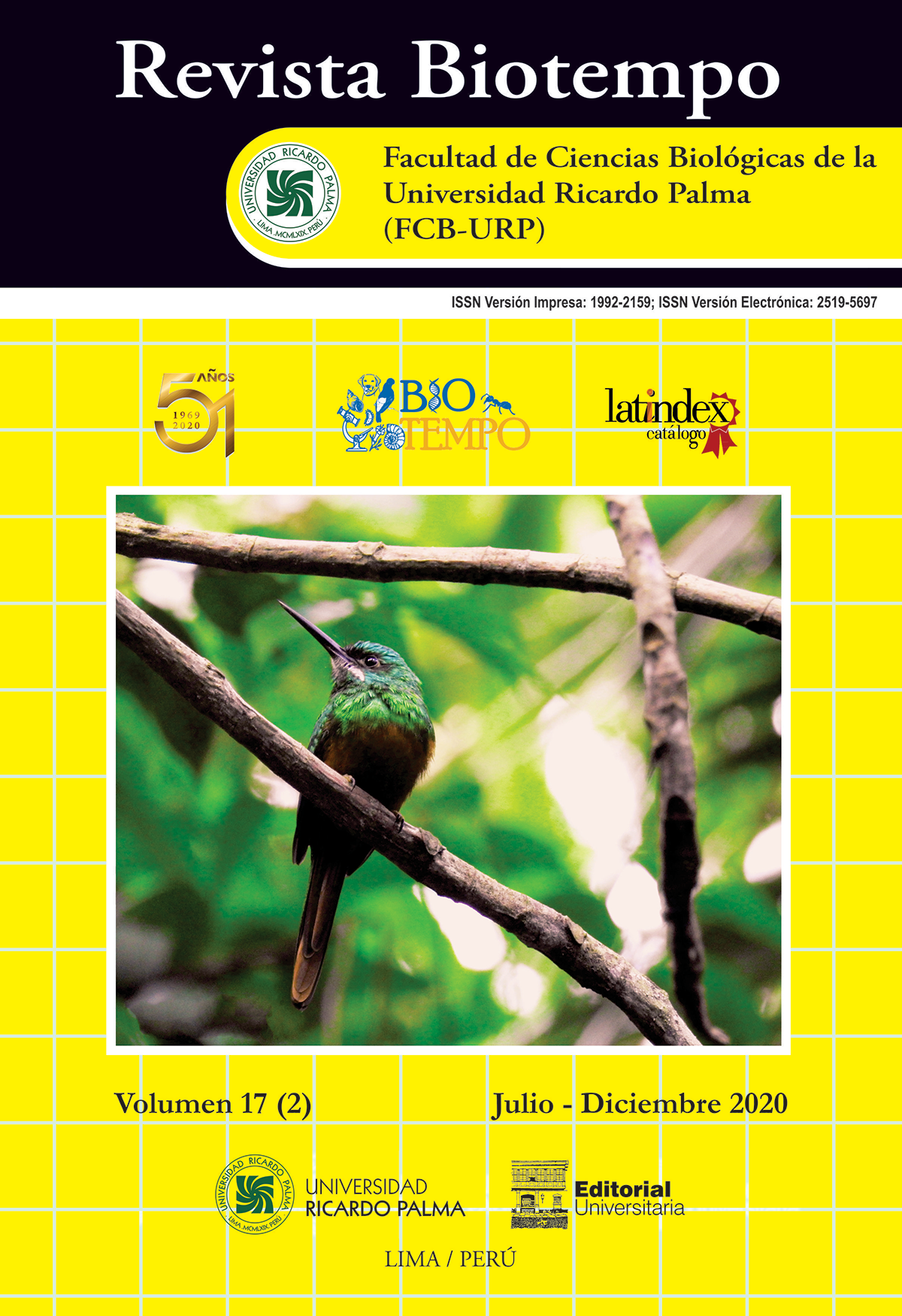ACID MINE DRAINAGE TREATMENT USING ARTIFICIAL WETLANDS
DOI:
https://doi.org/10.31381/biotempo.v17i2.3349Keywords:
acid mine drainage, bacteria, pH, wetlandsAbstract
Acid mine drainage is a powerful source of contamination of surface and groundwater. For the treatment of acid mine drainage, there are active and passive methods, the latter include artifi cial wetlands, which are being used in industrialized countries, obtaining interesting results. It is important to know the characteristics, types, physical, chemical, and biological processes; choice, design, and construction of artifi cial wetlands; as well as its advantages and disadvantages for its application in the treatment of acid mine drainage. Th erefore, 119 publications were reviewed, organized by common themes. Artifi cial wetlands show to be a good alternative in the treatment of acid mine drainage; However, factors such as size, design, choice plant-bacteria, and weather conditions for its application must be considered. Th e anaerobic wetland is more effi cient in the reduction of acidity and heavy metals, also the wetland of subsurface fl ow shows to be more suitable for the treatment of the DAM.










